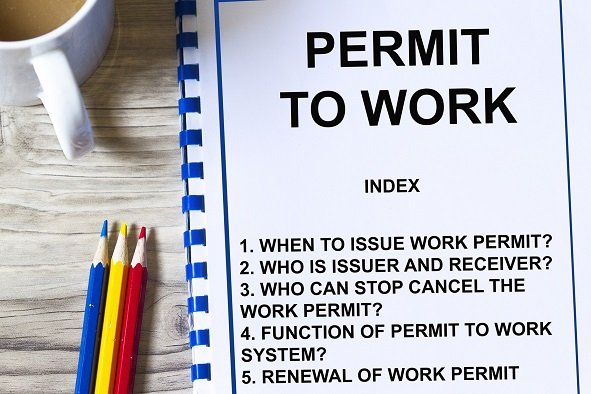Handling Corrosive and Toxic Substances – 12 Modules | One Day USD: 150/- and Two Day USD: 250/- Per Pax.
Description
Module 1: Introduction to Corrosive and Toxic Substances
- Definition and types of corrosive and toxic chemicals
- Workplace risks and common incidents
- Regulatory standards (OSHA, GHS, NFPA, ISO 45001)
Module 2: Health Effects and Hazards
- Routes of exposure: inhalation, ingestion, skin and eye contact
- Acute vs. chronic effects
- Symptoms of exposure and early warning signs
Module 3: Hazard Classification and Labeling
- Understanding GHS hazard classes and pictograms
- Signal words, hazard statements, and precautionary statements
- Role of chemical labels and SDS
Module 4: Personal Protective Equipment (PPE)
- Selection of gloves, goggles, face shields, aprons, and respirators
- PPE limitations and proper usage
- Maintenance, inspection, and replacement
Module 5: Safe Handling Practices
- Correct procedures for pouring, transferring, and mixing
- Minimizing splashes, spills, and vapors
- Use of tools, funnels, and chemical-resistant containers
Module 6: Storage of Corrosive and Toxic Substances
- Segregation and compatibility rules
- Ventilation, secondary containment, and temperature control
- Proper labeling and access restrictions
Module 7: Spill and Leak Response
- Immediate containment and isolation
- Neutralization and absorbents
- Reporting and documenting incidents
Module 8: Emergency Procedures and First Aid
- Eye wash stations, safety showers, and decontamination
- First aid for skin, eye, inhalation, and ingestion exposures
- Emergency contacts and medical response
Module 9: Environmental Considerations
- Preventing environmental contamination
- Safe disposal procedures for toxic and corrosive waste
- Regulatory compliance for disposal
Module 10: Hot Work and Chemical Interactions
- Risks during welding, cutting, or heat exposure
- Avoiding incompatible chemical reactions
- Hot work permit requirements and fire watch
Module 11: Training and Awareness
- Employee training programs and refresher courses
- Demonstrations and hands-on practice
- Promoting a proactive safety culture
Module 12: Continuous Improvement and Compliance
- Reviewing near misses and incidents
- Updating procedures and SDS references
- Audits, inspections, and fostering accountability
View more Courses
Hi, Welcome back!




